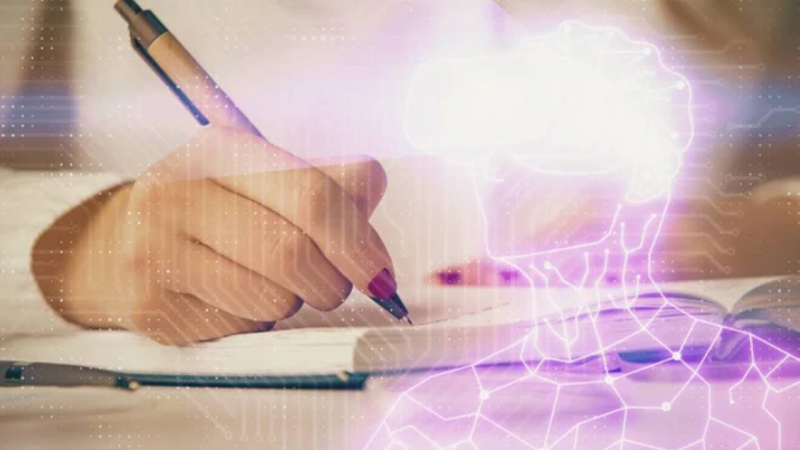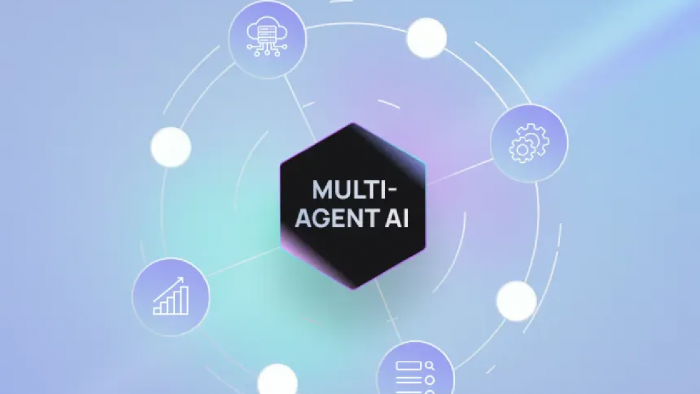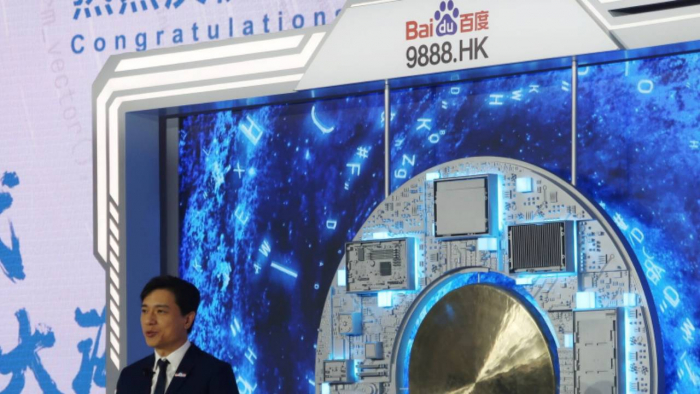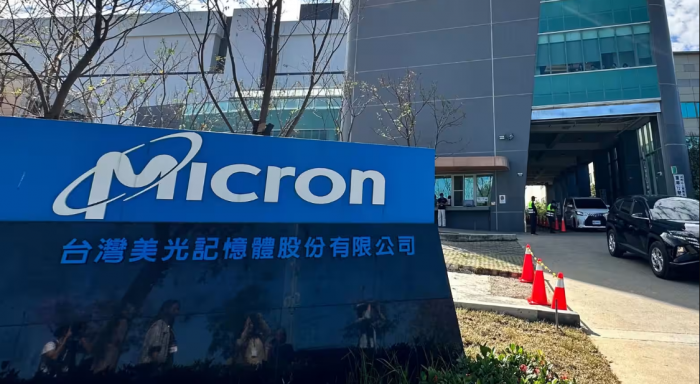Technology is no longer just a tool to help with learning. It's shaping new ways of finding and processing info, as well as writing academic papers. Students now have access to tons of knowledge thanks to academic search engines. In recent years, AI-based tools have also entered the arena. The latter can not only suggest style and grammar, but also generate text fragments and analyses. So, how have tools evolved from Google Scholar to modern assistants? What opportunities and risks do they create?
From Google Scholar to Universal Access to Knowledge
Google Scholar changed the rules of the game. It opened up access to scientific publications in a convenient format. Launched in 2004, it eventually became one of the first steps toward democratizing access to academic literature.

Advantages of centralized search
Search engines have reduced the time it takes to find relevant publications.
Tools that help to quickly form an overview of the literature are those that:
🗹 Track citations;
🗹 Export bibliographies;
🗹 Save findings.
The availability of abstracts and “cited by” allows you to see how and where key works have been used. This significantly improves the quality of references in student papers. For many students, Google Scholar has become the first step in academic research. It allowed them to orient themselves in the topic before delving deeper into highly specialized literature.
Limitations. Critical comments
Despite the obvious advantages, the platforms have their weaknesses:
- Indexing may accidentally include materials of questionable quality.
- Not all journals or publications are available in full without a subscription.
Students should combine Google Scholar with specialized resources, databases, and consultations with their academic advisors.
After the convenient search stage described above, tools appeared that help organize and improve text. At the same time, commercial offers appeared on the market. Specialized platforms have appeared that allow you to order the writing or editing of a paper, offering verified writers, live chat, and guarantees of timely delivery. This is of great convenience to students who are looking for additional support to better understand the structure and format of academic writing. It is also useful for those who want to get an example for inspiration. With today's capabilities, all you need to do is to enter the write my research paper request and choose a service that has a reputation for reliability. It will offer professional writers with whom you can discuss deadlines and requirements for a specific paper. Of course, it is important that students use such opportunities responsibly and consider their educational institution's policy on assistance from third-party authors.
AI Tools and Changing Writing Processes
The emergence of generative models and intelligent editors is transforming writing into a much more iterative process. Working with algorithms, you can now:
🗹 Generate ideas;
🗹 Refine wording;
🗹 Check logic.
Research shows that ChatGPT and similar models are already influencing student writing practices. This is forcing teachers to rethink their approaches to assessing and teaching writing.
Practical benefits of AI for students
AI programs help to:
🗹 Generate ideas for topics;
🗹 Formulate a work plan;
🗹 Create draft versions;
🗹 Translate texts between languages.
The tools also save time on technical details. The integration of AI into everyday applications makes these capabilities available while working on a document. This speeds up iterations and allows students to focus more on argumentation and methodology.

Risks. Errors. Questions of authenticity
Generative models sometimes “hallucinate”. They can provide false statements or fabricated sources without verification. This seriously undermines trust in automatically generated text in academic writing. Also, the widespread use of AI:
! Increases the difficulty of detecting plagiarism;
! Raises questions about what constitutes acceptable use of technology.
These challenges have led to a review of policies in educational institutions and debates about new methods of assessing knowledge.
Integrating AI Into Your Workflow. Scenarios. Practices
Start by formulating the problem and key questions yourself. Then use AI to generate options for titles and section structures. Use the options you get as inspiration, not as ready-made instructions.
After writing a draft, allow the tool to suggest rephrasing or improving the wording. Compare the options. Keep the ones that accurately reflect your thoughts.
Most importantly, check all the facts and references suggested by the tool. Make sure that each statement is supported by peer-reviewed sources or official publications.
Keep a log of changes where you record which fragments were generated or edited using AI. This is useful for protecting your work and explaining your methodology.
Regularly improve your source verification and citation skills.
Prospects and recommendations for teachers
It is important for teachers to formulate clear learning objectives and assessment criteria. Recommendations include a transition to practical, oral, or laboratory assignments. They also include the introduction of elements to protect work. Equally important is teaching students the skills to work with AI and understand its limitations.
Quick checklist
- Update assessment. More real-time assignments.
- Establish transparent rules for acceptable AI use.
- Add a module on digital literacy and ethics.
- Use assignments that require personal empirical input.
- Teach students to document the contribution of tools to their work.
The Role of Libraries and Academic Advisors
Librarians can help students navigate databases and demonstrate how to properly cite sources and avoid plagiarism. Information literacy courses organized by libraries may include examples of working with AI and explain how to integrate automated prompts into the research process.
An example of a simple workflow
Define the topic and key questions yourself.
Search for relevant literature using Google Scholar and specialized databases.
Use Google Scholar and other specialist databases to find relevant literature.
Develop the structure and compose the first draft in your own words.
Use artificial intelligence to alter style, format citations, and increase readability.
This approach will help maintain academic integrity while taking advantage of technology.
Conclusion
The transformation of academic writing from Google Scholar to modern AI tools opens up a wide range of possibilities. These include faster access to knowledge, more efficient editing processes, and new ways of collaboration between humans and machines. However, technology alone does not guarantee quality. Therefore, rules, education, and critical thinking are needed. If students and teachers can combine technical skills with stringent ethical standards, technology will encourage deeper learning rather than just greater scores. Do everything you can to ensure that technology enhances rather than replaces personal experience.
Post Comment
Be the first to post comment!





